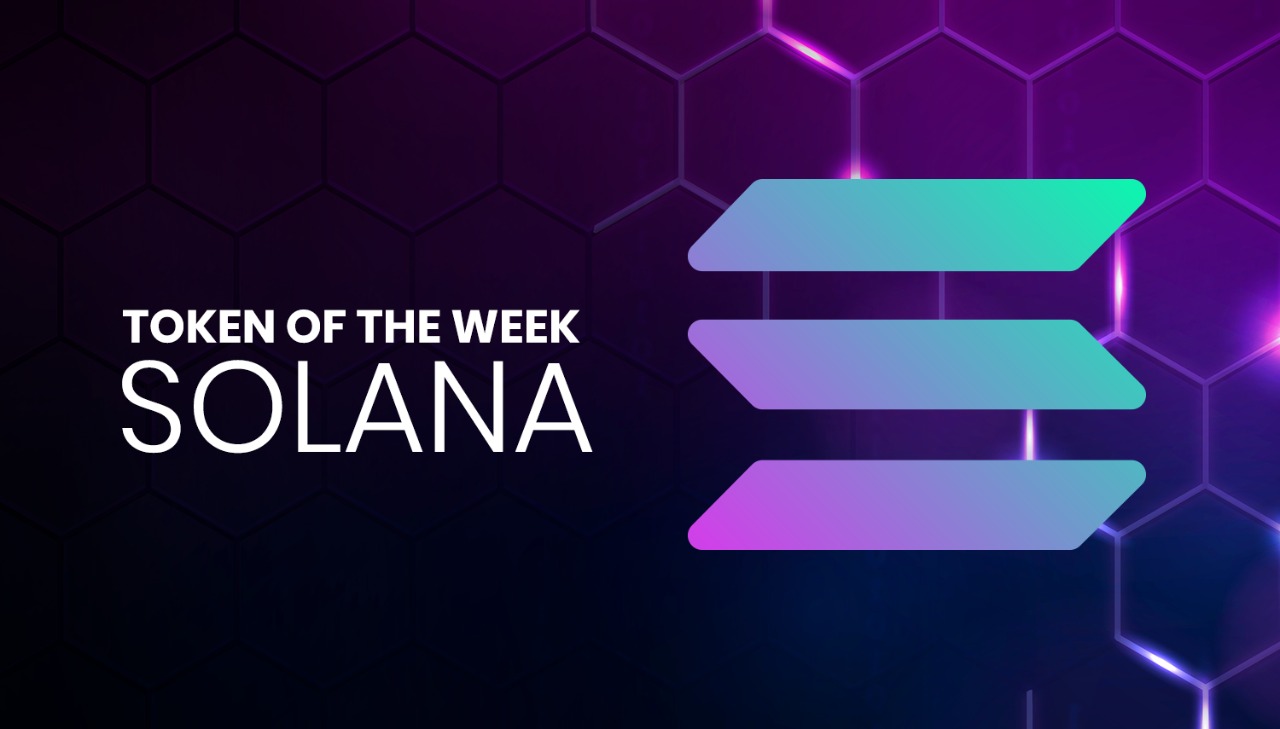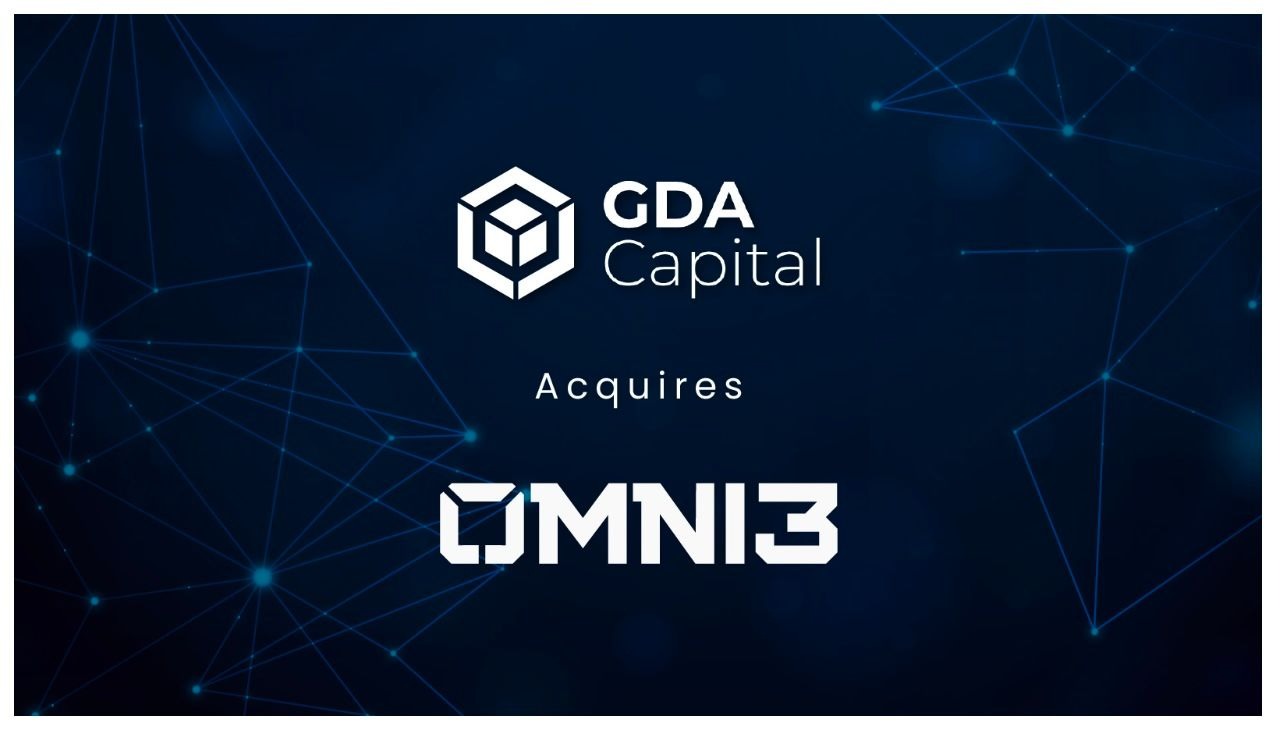The rise of NFTs and DeFi applications have pushed the value of Ethereum within striking distance of its all-time high. Decentralized applications are now as popular as ever. However, the Ethereum network’s fees and scalability issues have been a persistent bottleneck. Rival blockchain Solana seems to have a solution.
Here’s a closer look at this rising digital asset.
Background
Launched in 2017 by developer Anatoly Yakovenko, Solana is a permissionless, open-source blockchain network that promises better performance and unique innovations. Its stated mission is to “democratize the world’s financial systems.”
To achieve this, the Solana team has implemented a unique new consensus mechanism and eight new technical features to make the blockchain much more powerful and scalable. The network now offers a maximum throughput of more than 50,000 TPS and block times as low as 400 ms. For context, Ethereum is currently at 1,100 TPS and block times of 10 to 19 seconds.
Investors believe Solana’s superior technology could help it displace Ethereum as the primary hub for decentralized applications.
Use Cases
As mentioned above, Solana’s primary use case is as a baselayer for decentralized applications. At the time of writing, over 332 decentralized apps or dApps are based on the Solana network. Some of the most noteworthy include a derivatives exchange by FTX, the USDC stablecoin, and the decentralized music streaming platform Audius.
The Solana team is now working to enhance the network and attract Ethereum-based dApps to migrate to their solution.
Tokenomics
The underlying technical design of Solana’s blockchain is its key differentiator. The consensus mechanism is based on a new protocol called Proof-of-History (PoH). Much like Proof-of-Stake (PoS), PoH relies on user activity on the blockchain to verify transactions, but uses time stamps instead of token staking to arrive at a consensus. This core innovation helps the network complete many more transactions much quicker than other networks.
However, that isn’t the only innovation the Solana team has come up with. The team has also implemented a Tower Byzantine Fault Tolerance (BFT) to reduce latency, Turbine to distribute data, Sealevel to support parallel transaction execution, Gulf Stream to reduce memory pressure, Cloudbreak to optimize block times and several other unique features to enhance the user experience.
The network’s native token SOL is currently worth $117, which implies a total market value of $33.9 billion.
Recent developments
The migration of Audius and the development of Pyth were the biggest recent moves on the Solana network. Streaming platform Audius already has 5 million users and a recent partnership with social media giant TikTok. Its migration to Solana was a considerable vote-of-confidence that pushed the value of SOL much higher.
Meanwhile, real-time crypto market data provider Pyth Network is expected to greatly enhance the core network by linking on-chain data to live cryptocurrency, U.S. equities, foreign exchange and commodities markets information.
High-profile migrations and new launches like these are propelling Solana’s war against rival virtual computing platforms like Ethereum.




